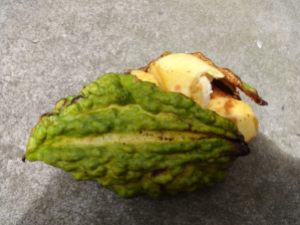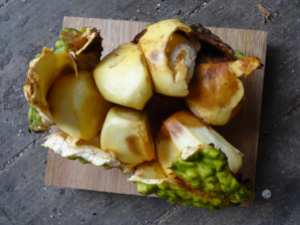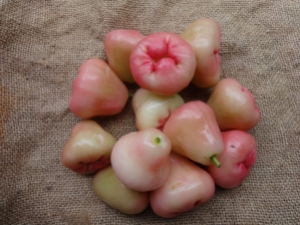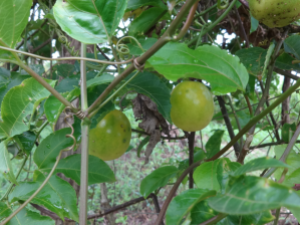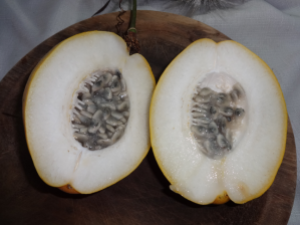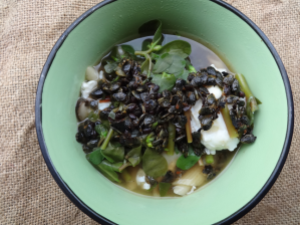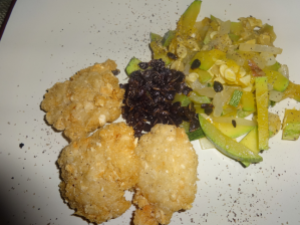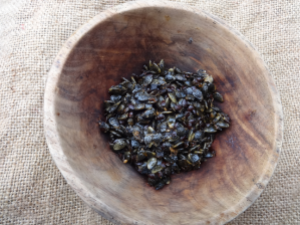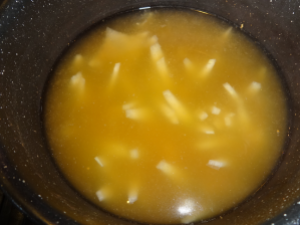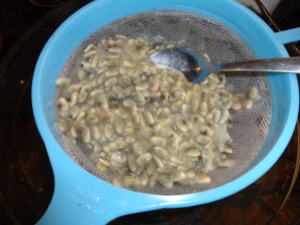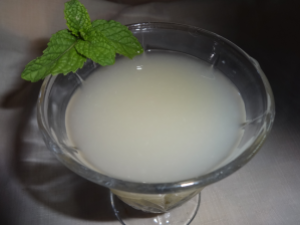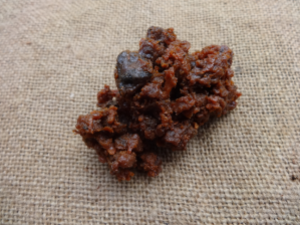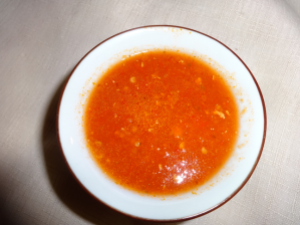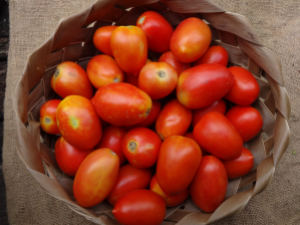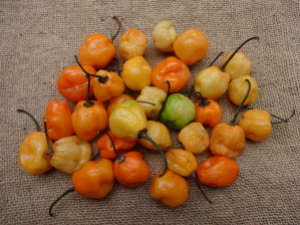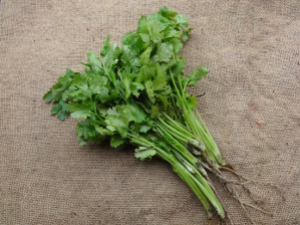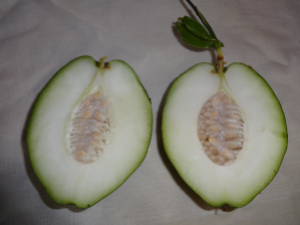 We have our first big baby weighing in at a formidable 28lbs (14 kgs).
We have our first big baby weighing in at a formidable 28lbs (14 kgs).
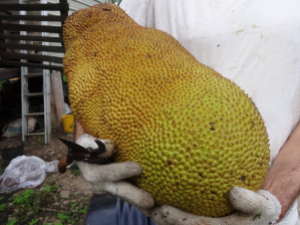
We have had our eyes on this little one for quite a few months and have affectionately called them our jackfruit “babies” because they resemble giant pods that look like they will burst open at any moment and something alive will pop out of them!
This is the first year that our jackfruit (Artocarpus heterophyllus) trees have produced so we are very pleased. Jackfruit can weigh up to about 40 kgs so they give you a lot to eat. We picked this one when it started emitting its characteristic musky fragrance and when the outer shell was pressed, the flesh behind it felt softer.
A word of warning…if you ever get a hold one of these babies, be prepared to spend at least one hour preparing it. Use plenty of newspaper and coat your knives in oil to stop the latex from sticking onto the utensils. Also, wearing rubber gloves (and goggles!) helps so that you are not too immersed in goo and latex. Don’t let any of this worry you…it is definitely worth it!
To prepare, cut the jackfruit into quarters lengthwise. Then cut out the mid-line pith, like so:

The jackfruit is mostly eaten for its delectable arils. Take these out and pop out the seeds. All parts of the jackfruit are edible so do not throw anything out except for the shell. So this is what you get:
The Fruit:

The fruit can be eaten fresh. Our variety is a firm type which we prefer. There are softer varieties which tend to be moist and sweet and have the consistency of snot (still good, though). You can freeze the fruit and eat in the frozen form. They can be used to make desserts such as ice-cream or fruit pie. I really like my fruit savoury, so I am going to stuff some of these with minced pork. Yum! There are plenty of recipes to be found on the Internet; just look up Malaysian, Indian, Ethiopian and Cambodian cuisine to name but a few.
The Seeds:

These can be boiled and eaten as a snack or used as a carbohydrate accompaniment to a meal. They taste like breadnut (also Artocarpus sp.) or chestnuts (if you are from the temperate region). The seeds just need to be boiled for about 20 to 30 minutes until tender and the shell comes off easily.
The Rest:

Don’t throw out the rest of the fruit! A great deal of it is composed of unformed arils which are edible. They tend to be less mature and may have more latex on them. I use this part for cooking in stews, stir-frys and curries. You can also dip them in batter and fry them in oil (like onion rings). Again, this part of the fruit can be stored in the freezer.
We are going to be eating mostly jackfruit…


